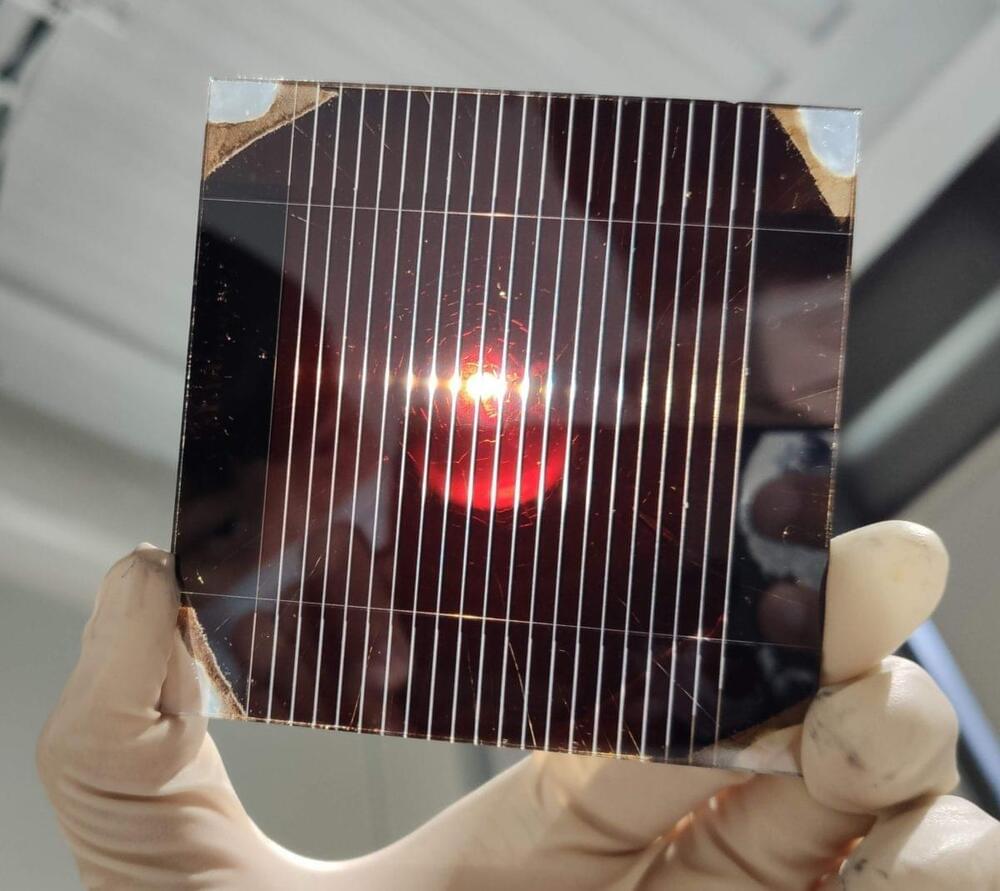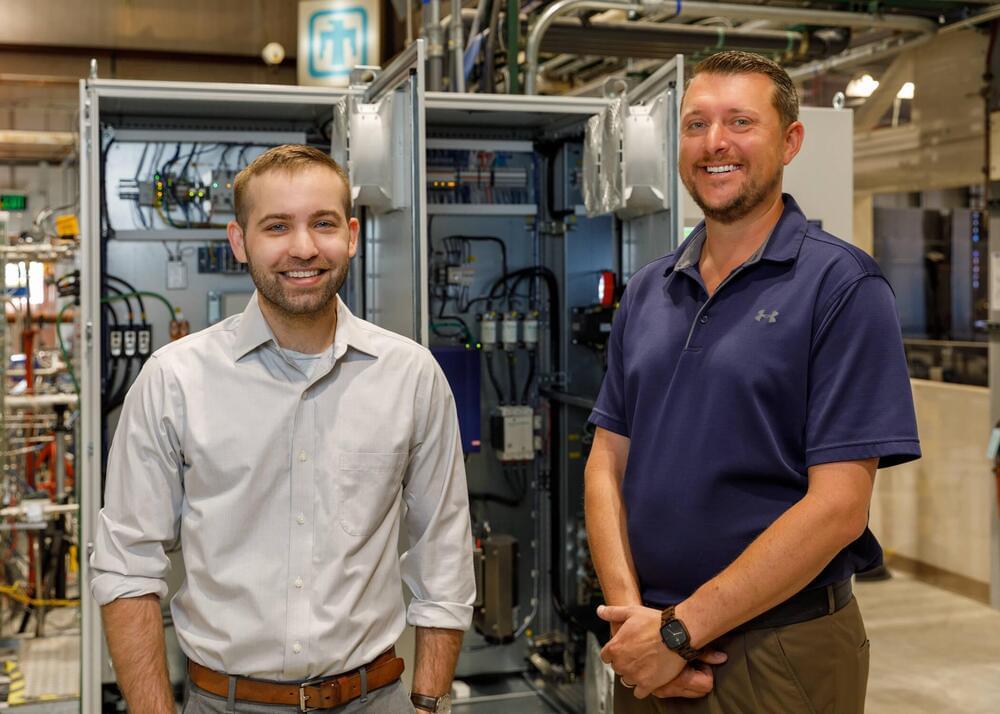It can also solve the carbon intensity problem in the construction industry.
Researchers at the Nanyang Technological University (NTU) in Singapore have invented an invisible coating that can be applied to wood to make it fireproof.
Modern-day buildings are built largely using concrete, steel, and glass, which are at low risk from fires. However, the production of these materials is a carbon-intensive process. Mass-engineered timber is a solution to this problem as wood harvested from sustainably managed forests has a lower carbon footprint than steel and concrete. Additionally, it allows for faster construction at lower costs, making it the ideal component for future constructions.






